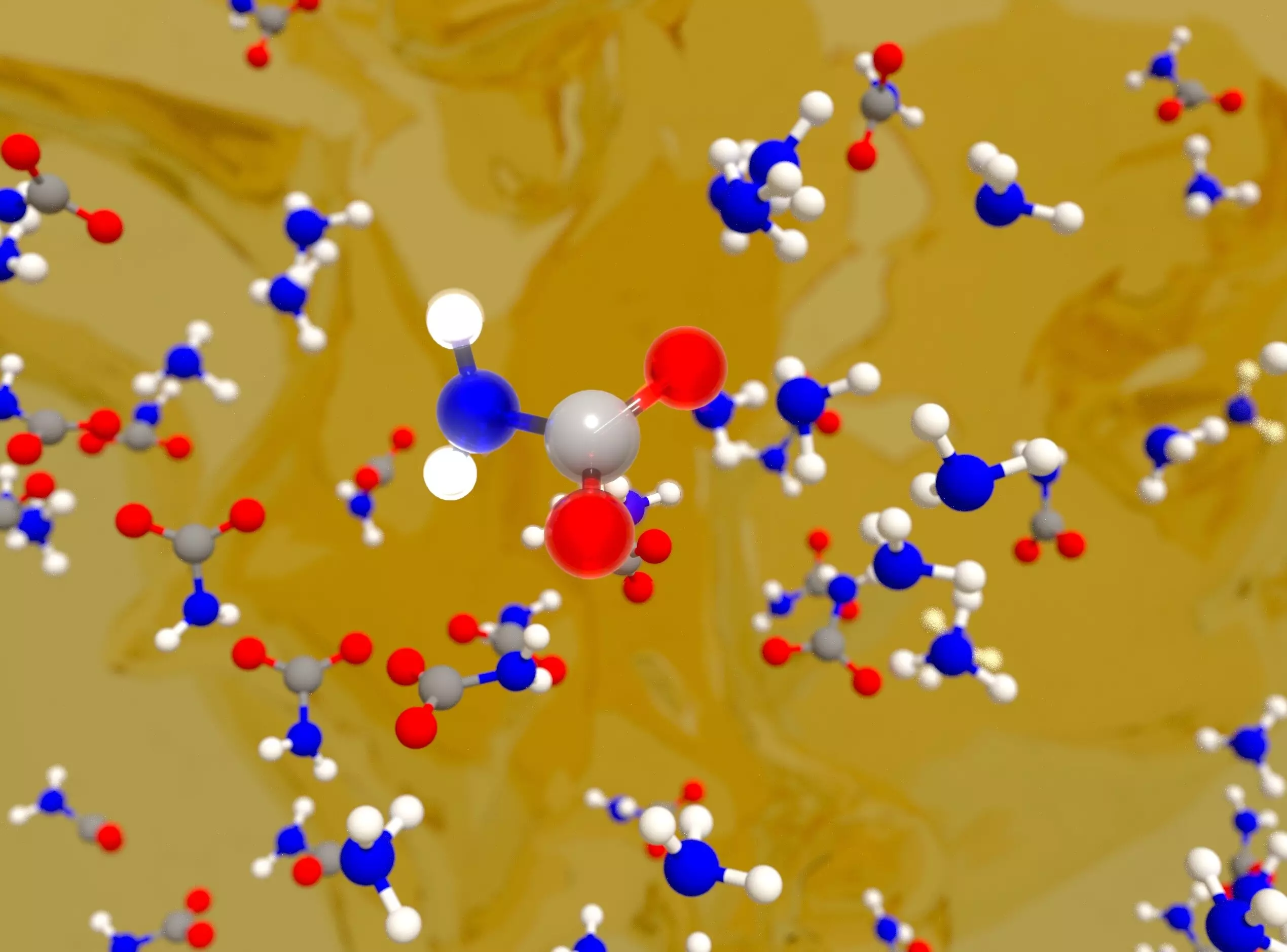As global temperatures rise and the impacts of climate change become increasingly dire, the need for effective strategies for carbon dioxide (CO2) capture has never been more urgent. Researchers at Lawrence Livermore National Laboratory (LLNL) have risen to this challenge by pioneering a machine-learning model designed to deepen our understanding of CO2 capture mechanisms, specifically focusing on amine-based sorbents. This breakthrough has the potential to significantly boost the efficiency of direct air capture (DAC) technologies, essential for mitigating the growing concentration of CO2 in the atmosphere.
Despite ongoing decarbonization efforts on multiple fronts, the United States continues to rely predominantly on non-renewable energy sources. According to projections from the U.S. Department of Energy, a majority of the nation’s energy output will stem from fossil fuels by 2050. This troubling reality highlights the dual necessity: developing innovative renewable energy technologies while simultaneously enhancing existing methods for CO2 capture and storage. Amine-based sorbents have emerged as a promising technological avenue, capable of effectively binding CO2 even in extremely dilute conditions, offering a feasible solution to begin addressing these monumental challenges.
Amine-based sorbents function through a chemical interaction with CO2, typically involving the establishment of a carbon-nitrogen bond. While these sorbents have been praised for their low-cost efficiency, significant gaps still exist in our understanding of the underlying chemistry governing CO2 capture. The LLNL team’s research fills one such gap by employing cutting-edge machine-learning techniques to unveil the nuanced biochemical mechanisms that facilitate amine-based CO2 absorption. Their findings indicate that proton transfer reactions play a pivotal role in forming stable CO2-bound species, heavily influenced by the quantum behavior of protons.
The innovative integration of machine learning with advanced simulation methods—namely grand-canonical Monte Carlo and molecular dynamics—allows researchers to simulate chemical interactions under conditions that closely mirror real-world scenarios. This unique approach has resulted in insights that are directly aligned with laboratory results, thereby creating a robust feedback loop between theoretical models and experimental validation. LLNL researchers, including lead author Marcos Calegari Andrade, acknowledge the significance of their work in facilitating a deeper comprehension of amine chemistry, thereby informing the design of next-generation materials geared towards combating greenhouse gas emissions.
The LLNL team’s research not only enhances our understanding of CO2 capture but also suggests a transformative pathway for future material design. By utilizing machine learning, scientists can predict the behavior of amines with various chemical structures, expanding the pool of potential sorbents available for DAC technologies. This forward-thinking approach has significant implications not just for academic research but also for industry applications in carbon capture, paving the way for a sustainable future where net-zero greenhouse gas emissions could become a reality.
As initiatives to address climate change continue to unfold, the work being executed by the team at Lawrence Livermore National Laboratory represents a hopeful advancement in our efforts to mitigate CO2 emissions. Their innovative application of machine learning to refine our understanding of amine-based sorbents serves as a testament to the promising intersections of technology, chemistry, and environmental science. It underscores a collective commitment to innovating methods that financially and effectively tackle one of the most pressing issues of our time: the curtailment of excessive CO2 in the atmosphere. As researchers and industries work in tandem, the progress made in CO2 capture technologies could ultimately lead to a healthier planet, highlighting just how critical this research is in our fight against climate change.


Leave a Reply